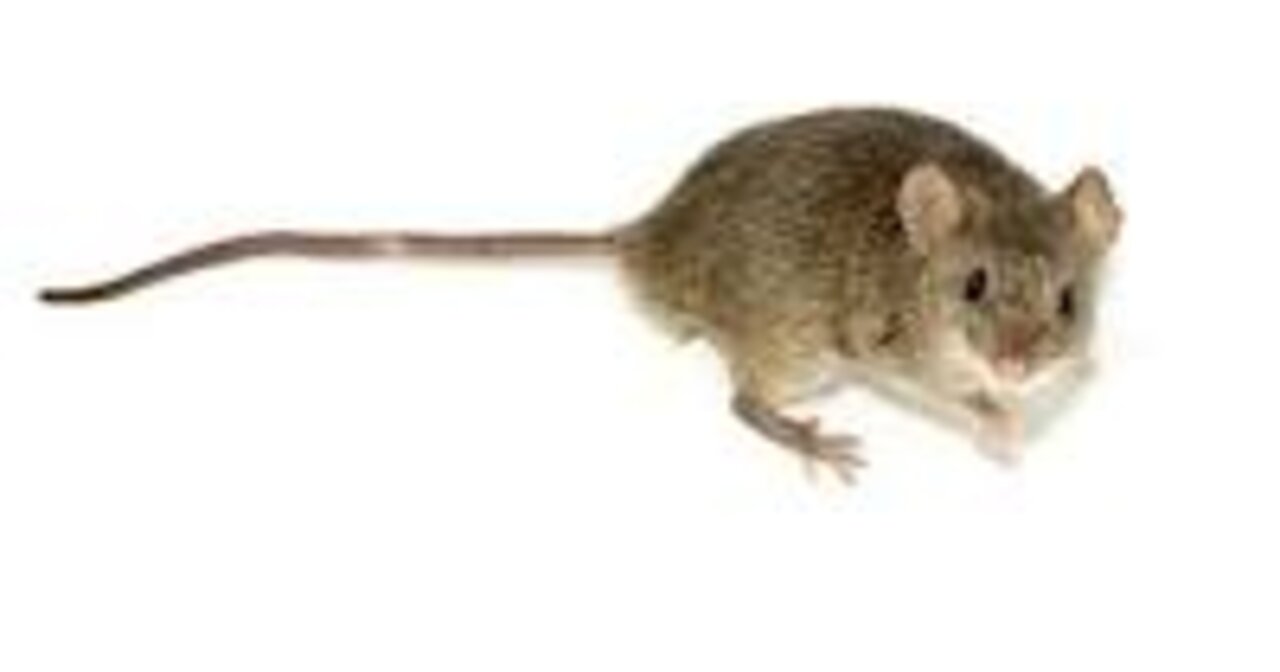Premium Only Content

MICE PLAYING
Mice were first used for the study of respiration in the 17th century. Later in the 19th and 20th century they were bred for their coat color, and subsequently characterized genetically. Most of the common laboratory strains were developed in the early 1900s.
The mouse has short hair, a long naked tail, rounded erect ears, protruding eyes, a pointed snout and five toes on each foot. Mice come in a variety of colors. Insert picture of a mouse, get those cool ones.
Mice have a pair of incisors and three pairs upper and lower of molars. Molars are permanently rooted while the incisors have an open root and grow continuously. Due to this continuous growth of the incisors mice can have problems with overgrown teeth when the upper and lower incisors do not meet properly (malocclusion). Malocclusion can be hereditary or follow trauma, disease or inappropriate diet and/or soft food. There is no permanent cure for overgrown teeth the only treatment is to trim the teeth every 2-3 weeks, if malocclusion persists. Insert pictures.
Mice have a large horseshoe-shaped Harderian gland deep within the orbit. Secretions from the gland contain varying amounts of reddish-brown porphyrin pigment depending on the physiologic state, age, strain and sex of the mouse. The amount of secretions increases during stress and appears as 'red crusts' around the eyes and nostrils.
Barbering
Mice are communal animals with a social hierarchical system. This hierarchical system creates a situation whereby the dominant animals often barber (chew off the hair) those of lower rank. This behavior is especially evident among females and is more common in some strains than others. Subordinate animals may have their whiskers, trunk or flank hair removed. There are some suggestions that it may be a cooperative and/or learnt behavior. It appears to be of no sequelae for the health of the mice. Separating the dominant mouse often leads to rise of another dominant mouse. It is important that barbering is differentiated from other causes of hair loss or skin problems e.g. mites, fungi or bacteria by a veterinarian.
Reproduction
Mice have two distinct cervices and uterine bodies. There are separate urethral and vaginal openings. There is a vaginal closure membrane, which is lost at puberty. The inguinal canal remains patent throughout life. Mice have an os penis or os clitoridis associated with external genitalia.
Mice have a 4-5 day estrous cycle, divided into characteristic phases: proestrus, estrus and metestrus.
https://amzn.to/3y6m9np
https://amzn.to/3dvLJLt
https://amzn.to/3f5aIpb
https://bit.ly/3ByMUBz
https://bit.ly/3fbkHJJ
https://bit.ly/3UuzNdq
-
 2:46:49
2:46:49
Barry Cunningham
8 hours agoNOW THEY FEAR US! | RFKJR STRIKES BACK | JD VANCE ON PRESIDENT TRUMP | AND MORE NEWS!
43.2K17 -
 LIVE
LIVE
Spartan
3 hours agoCharlotte Qualifier watch party + Ranked and Expedition 33
97 watching -
 6:09:54
6:09:54
bigbossrobinson
6 hours agoLIVE - DOUBLE IMPACT - RESIDENT EVIL 4 & METAL GEAR SOLID Δ: SNAKE EATER
12K -
 8:18
8:18
MattMorseTV
5 hours ago $5.15 earned2.2 MILLION in ONE YEAR.
26.7K108 -
 14:37
14:37
Colion Noir
8 hours agoCanadian Police Chief Urges Citizens To Comply With Home Invaders And Hide
64.2K82 -
 3:10:59
3:10:59
OVERKLOC
4 hours ago🔴LIVE - CHILL SUNDAY GAMING - WHO KNOWS WHAT WE'LL PLAY
9.54K -
 5:58:37
5:58:37
FrizzleMcDizzle
6 hours ago $0.49 earnedNightReign - Lies of P: Overture after - Come hang out
10.9K -
 1:18:54
1:18:54
Jeff Ahern
6 hours ago $11.82 earnedThe Sunday Show with Jeff Ahern
61K7 -
 32:05
32:05
Tactical Advisor
6 hours agoNew Thermal Target for the Military | Vault Room Live Stream 038
48.6K5 -
 LIVE
LIVE
ttvglamourx
9 hours ago $1.88 earnedPLAYING WITH VIEWERS !DISCORD
76 watching